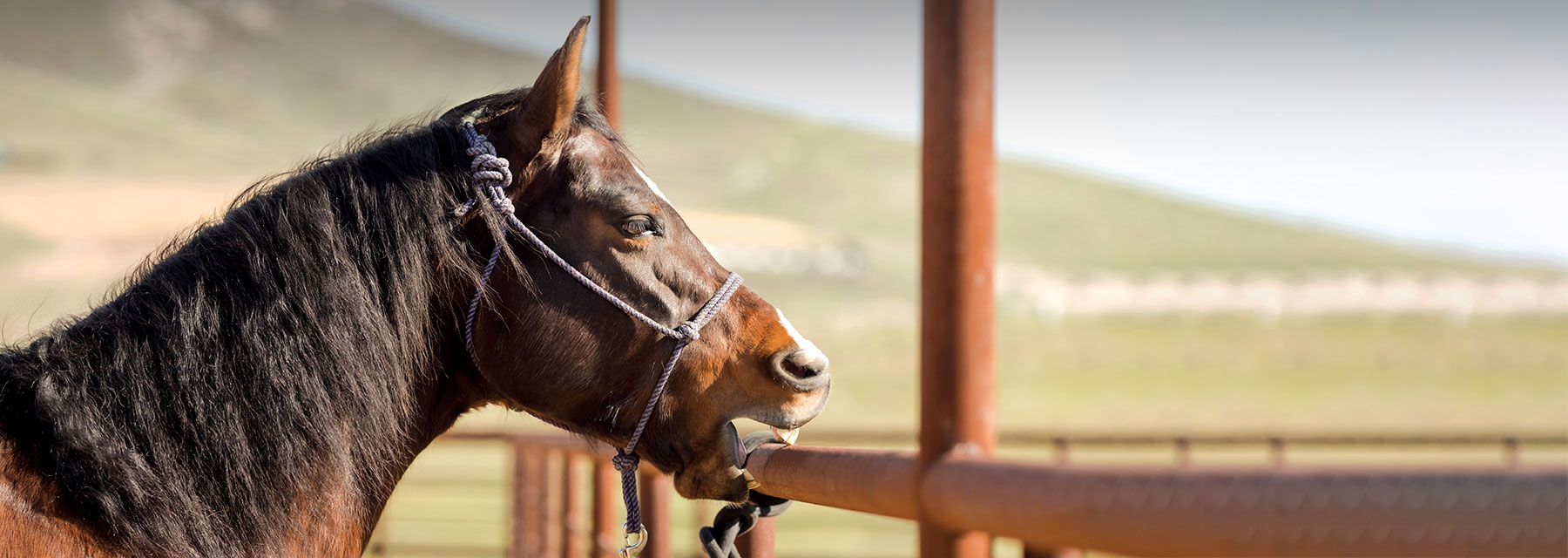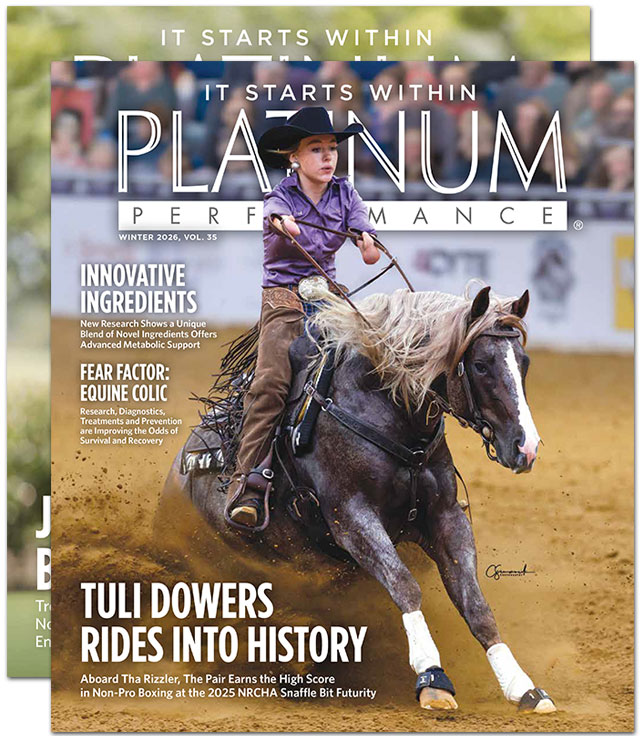Why do Some Horses Crib and Others Don't? What Causes This Repetitive and Compulsive Behavior? We Explore the Causes, Effects and Preventive Measures Surrounding Cribbing
We’ve all been there. Your horse could have won the futurity, taken the dressage ring by storm or ruled the breeding barn; they could practically have a unicorn horn in the middle of their forehead and a coat made of solid gold glitter, but when they’re persistently clenching their teeth to stall doors, fencing or tie rails while gulping air, it taxes your patience. As horse owners, we find ourselves continually wondering what we can do to better manage the cribbers in our lives.
What Exactly is Cribbing?
Cribbing is a behavior that is repetitive and compulsive. The behavior includes the horse grabbing onto something solid (fence rail, bucket or stall door) with his top incisors, arching the neck and contracting lower neck muscles to retract the larynx and suck in air. An audible gulping or grunt can usually be heard.
Understanding the Why
While cribbing is an annoyance without a doubt, the larger question is perhaps the why. Why is it that some horses crib and others are perfect ladies and gentlemen? The answer, as it turns out, isn’t quite as clear-cut as we’d hope. While gastric ulcers have long been considered a potential cause of cribbing, many find fault in that argument. It goes back to the old adage of “what came first, the chicken or the egg?” Is it really stress that’s the common denominator in cribbing cases, and if so, then wouldn’t more tightly wound horses also be more likely to have some grade of gastric ulcers? “Stress causes a lot of stereotypical behaviors and is of course a risk factor for ulcers,” points out Dr. Matt Durham, a longtime veterinarian and sport horse practitioner, now with Platinum Performance®. “Some have suggested that horses with ulcers crib because it increases vagal tone, which would theoretically help to alleviate ulcers. (Vagal or parasympathetic tone is associated with increased salivation and with a feeling of relaxation). To my knowledge, this benefit hasn’t been proven, and the parasympathetic influence on the stomach is complicated. The closest link is the increased ghrelin (a multifaceted gut hormone), which does increase stomach acid. However, with ulcers being so common we know that most horses with ulcers don’t crib, and that many horses who crib don’t have ulcers. I think the connection is indirect,” he says of the theory, although the link in foals is more concrete. Furthermore, a 2012 study by senior scientist Jens Malmkvist of Aarhus University in Denmark, together with colleagues Poulsen, Luthersson, Palme, Christensen and Sondergaard, summarized that “… we failed to demonstrate a significant association between glandular gastric ulceration and crib-biting/ weaving.” Further examining gastric ulcers as a potential cause of cribbing behavior, a 2015 paper published in The Professional Animal Scientist by Garcia, McCall, McElhenney, Taintor and Schumacher treated eight horses with an oral antacid for 21 days to examine the drug’s impact on cribbing behavior. While the drug was of course found to alter stomach pH, it did not improve cribbing.
While the connection between cribbing behavior and gastric ulcers may be shaky, stress does seem to be a factor worth considering. There are theories that, beyond stress, boredom and a lack of turnout and physical exercise can also contribute. Quite simply, horses could be cribbing as a reaction to pent-up energy. This, of course, begs the question, if energy could be a factor in cribbing, then what, if any, impact could a horse’s diet have on this habit? “The connection between cribbing and feed type is interesting,” says Dr. Durham. Grain, and the ensuing sugar content has been thought to potentially induce an increased likelihood of cribbing. “More frequent feeding of grain could cause an increase in cribbing,” confirms Dr. Durham. “Think of it as an almost anticipatory response.” A 2002 prospective study published by Waters et al. supports this idea, showing that Thoroughbreds and part-Thoroughbreds fed concentrates post-weaning are four times more likely to develop cribbing behavior. As in most scenarios — whether you have high-level sport horses or trail mounts — feeding a more natural diet based on high-quality forage, the right supplementation and limited to no grains and concentrates typically results in more normal inflammatory pathways and better overall health for the horse, including the gut specifically.
Beyond the potential causes of gut discomfort, boredom, excess energy and a tie to grain or concentrate consumption, heredity looks to be a solid factor linking one cribbing horse to another in the same bloodline. “The heritable connection is fairly well established,” Dr. Durham says in agreement. In a paper published in the Equine Veterinary Journal, authors Albright, Mohammed, Heleski, Wickens and Houpt showed that Thoroughbreds are overrepresented in the cribbing population and could have a genetic predisposition to the behavior. This research also showed that cribbing is not thought to be a learned behavior that is observed and then adopted from one horse to another. It would make sense that cribbing could transfer from a horse to its offspring, as many behavioral characteristics are oftentimes genetic.
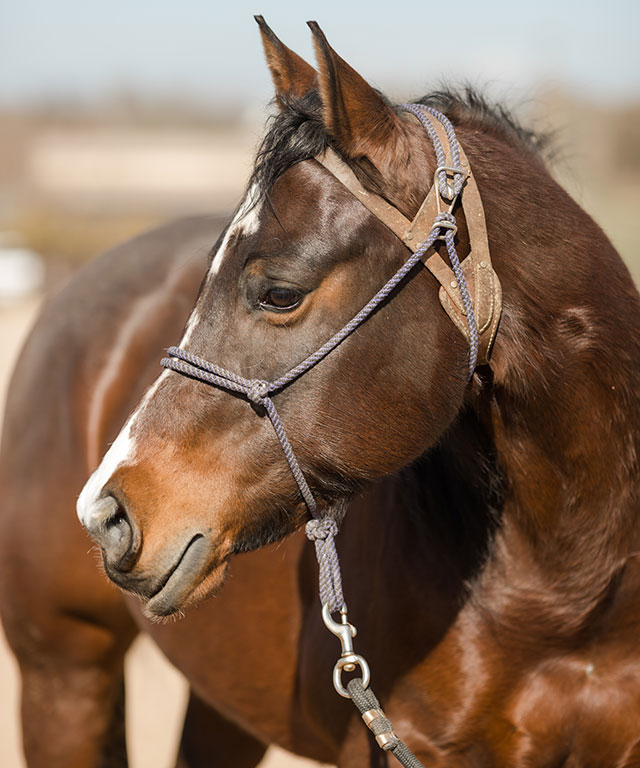
PHOTO BY ELIZABETH HAY PHOTOGRAPHY
Managing Cribbers
Tactics to Alleviate Cribbing Behavior in Your Horse
- Ensure your horse is receiving a quality diet
Feeding a more natural diet based on high-quality forage, the right supplementation and limited to no grains and concentrates typically results in more normal inflammatory pathways and better overall health for the horse, including the gut specifically. - Take a close look at your horse’s housing and habits
Are you providing adequate turnout and, if stalled, are there things to help occupy their attention? Boredom and excess energy can most certainly come into play so, as much as possible, allowing your horse to be a horse is excellent for their mind and mood. - Try a simple cribbing collar or cribbing muzzle
Cribbing collars are simple leather straps cinched fairly tightly across the horse’s forehead, in back of the ears and around the upper throat. This strapping system makes it uncomfortable for the horse when they strain their neck muscles to crib. A cribbing muzzle offers an option that doesn’t interfere with eating and drinking but does prevent the horse from getting a grip on something solid.
Ensuing Health Concerns
While cribbing may be relatively harmless in much of the equine population, there are concerns that can arise from this constant behavior. Since cribbing entails a horse straining its neck muscles and taking in oxygen while clenching the jaw and grabbing hold of fencing, there are several well-documented injuries that can come into play, including dental problems, epiploic foramen entrapment, jaw fractures and stylohyoid osteoarthropathy/ temporohyoid osteoarthropathy (“middle ear disease”). “The most thoroughly-documented concern is an increased risk of epiploic foramen entrapment, which is an uncommon but severe form of colic requiring surgery,” explains Dr. Durham. “The epiploic foramen is a small opening between organs adjacent to the liver. On the rare occasion when bowel enters this area (almost always the small intestine), the natural movement of the intestines ‘walks’ it farther inside.” The result is bowel-developing edema. “This constricts the vasculature supplying the bowel, eventually strangulating it and leading to bowel necrosis,” says Dr. Durham of this chain of events. “Multiple studies have confirmed cribbing to be one of the primary risk factors for this condition. It is thought that cribbing probably creates negative pressure in the forward part of the abdomen, opening the epiploic foramen slightly to allow bowel to enter.”
In addition to epiploic foramen entrapment, jaw fractures can most certainly occur in cribbers. This tends to be focused on the lower jaw in the interdental space. “These horses will lock the lower incisors under a blanket bar or a gate latch, then fracture if they set back suddenly,” Dr. Durham explains of how the fracture occurs. While this can happen in any horse, cribber or not, cribbers are more likely to experience this injury thanks to the frequency of having their mouths engaged with fencing.
“With ulcers being so common, we know that most horses with ulcers don’t crib, and that many horses who crib don’t have ulcers. I think the connection is indirect.”
— Matt Durham, DVM, DACVSMR, Platinum Performance®
What’s To Be Done?
With no one clear-cut cause, preventing cribbing becomes somewhat difficult. While there’s no surefire and universal way to stop a horse from cribbing, there are tactics that have shown promise. Like most things, starting with the basics is a crucial first step. Ensuring that your horse is receiving a quality diet with little to no grains and concentrates is an excellent first step. With diet evaluated, consider a close look at your horse’s housing. Are they receiving adequate turnout and, if stalled, are there things to help occupy their attention? Boredom and excess energy can most certainly come into play so, as much as possible, allowing your horse to be a horse is excellent for their mind and mood. If those tactics have yet to make a difference, perhaps try a cribbing collar, which is a simple leather strap cinched fairly tightly across the horse’s forehead, in back of the ears and around the upper throat. This strapping system makes it uncomfortable for the horse when they strain their neck muscles to crib. Lastly, a cribbing muzzle offers an option that doesn’t interfere with eating and drinking but does prevent the horse from getting a grip on something solid.
While cribbing is an age-old concern that oftentimes causes more frustration than significant harm, there are tactics to be tried and hope that, perhaps someday soon, your fencing will once again be straight and clean, without the dreaded ocean wave effect of bite marks.
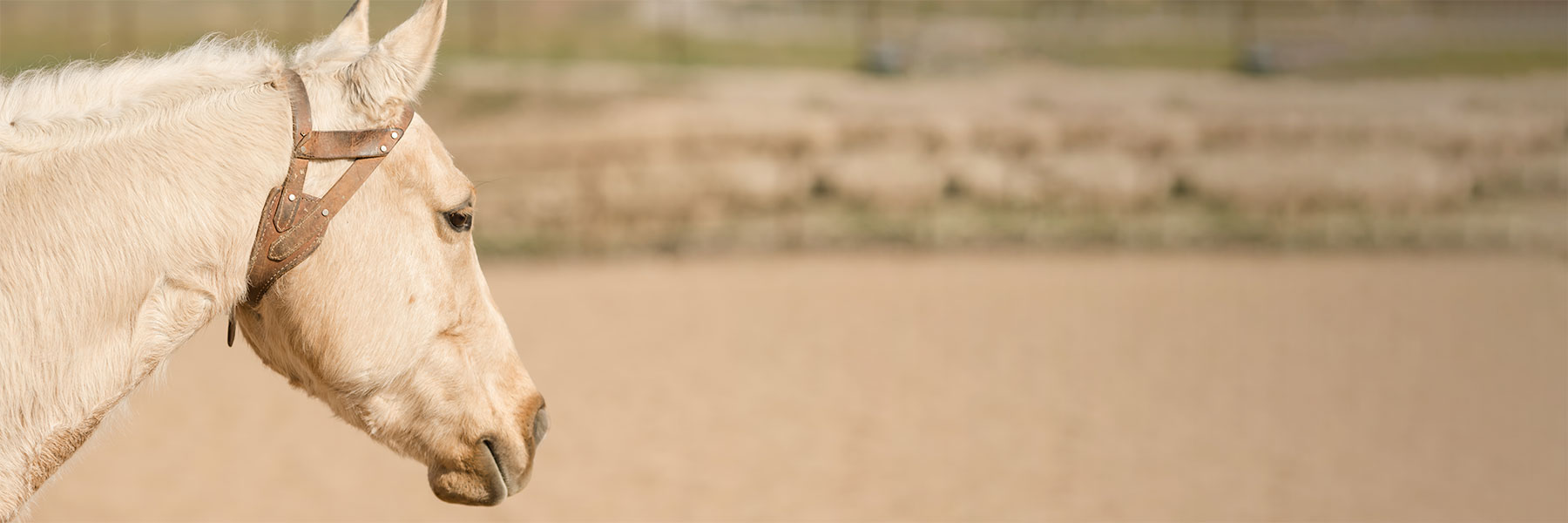
PHOTO BY ELIZABETH HAY PHOTOGRAPHY

by:
Jessie Bengoa, MS
Platinum Performance®

Contributing Veterinarian:
Matt Durham, DVM, DACVSMR
Platinum Performance®
You May Also Like
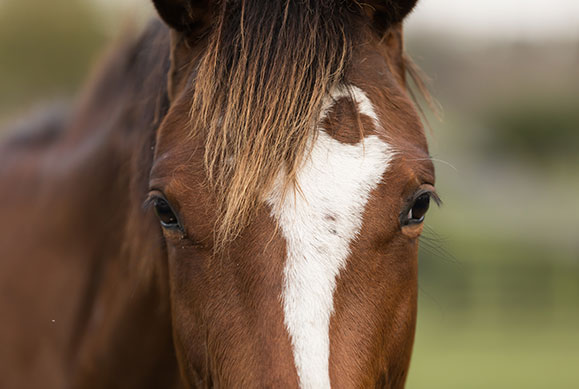
Headshaking in Horses
A closer look at Trigeminal Mediated Headshaking, recent advancements and practical advice for management
Read Moreabout Headshaking in Horses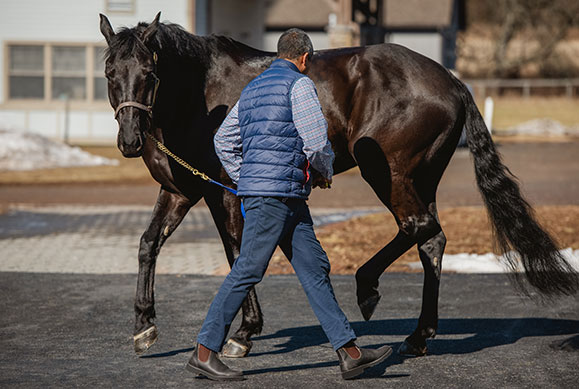
EPM in Horses
The evolution, treatment and prevention of Equine Protozoal Myeloencephalitis.
Read More about EPM in Horses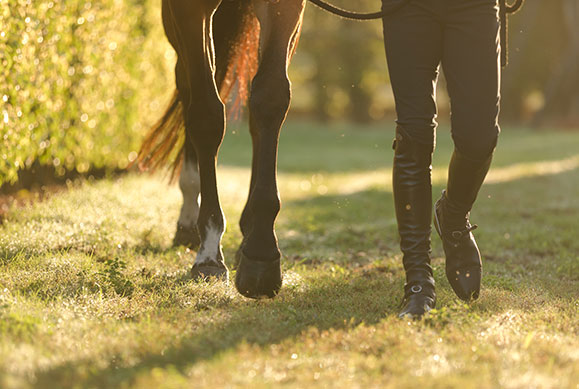
Laminitis in Horses
How skilled veterinarians and farriers are propelling the prevention and treatment of laminitis forward for the horse.
Read More